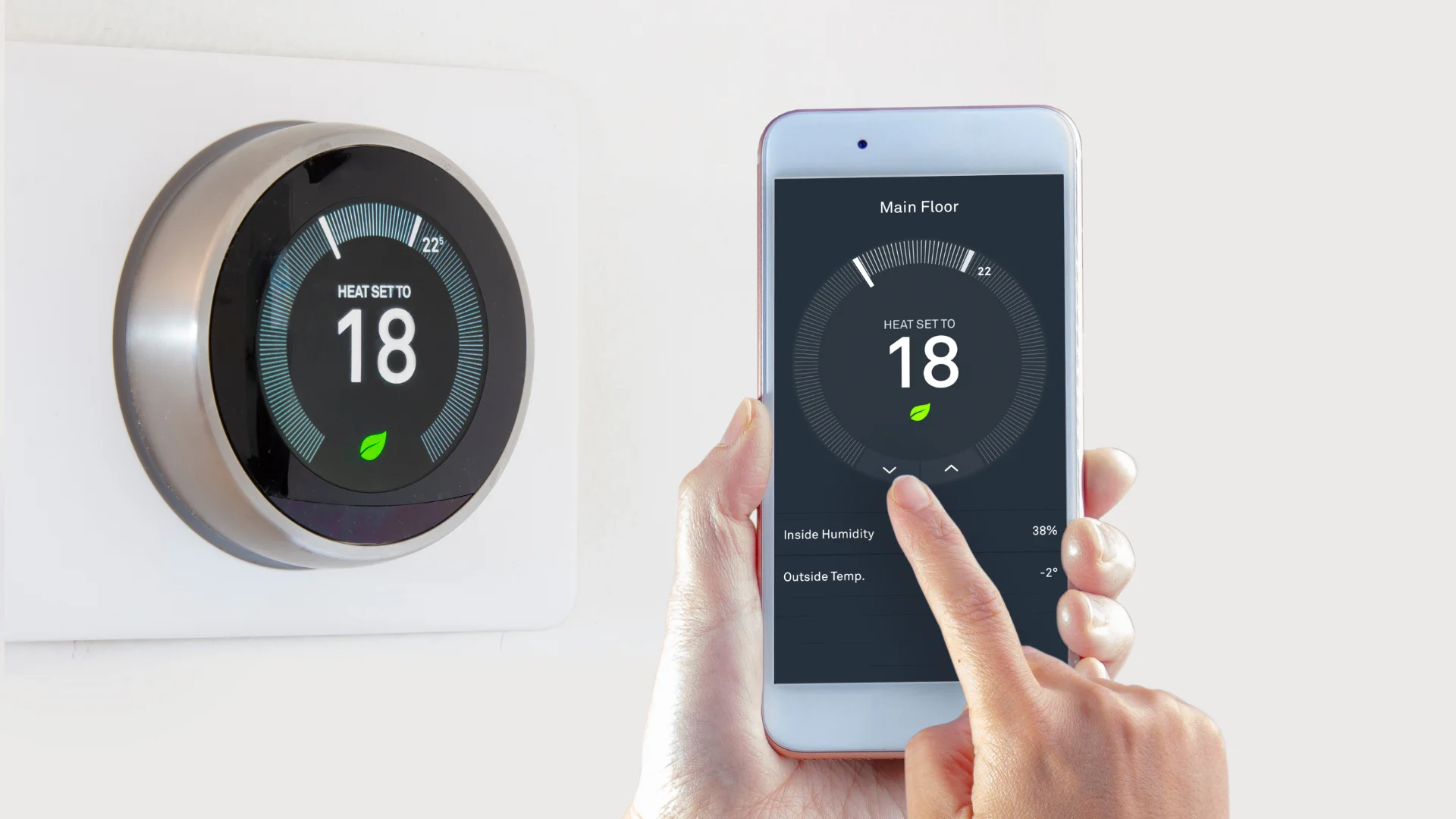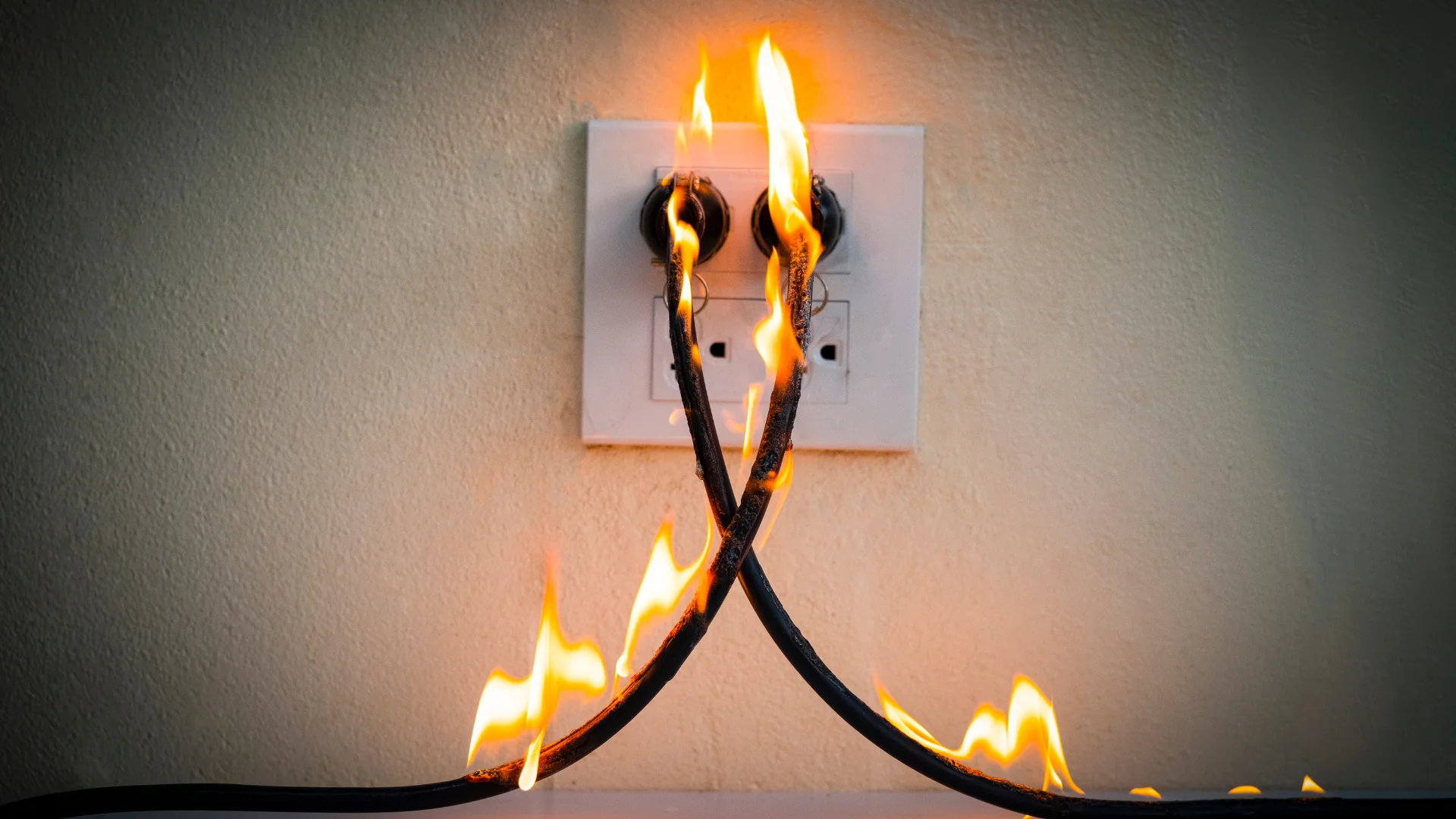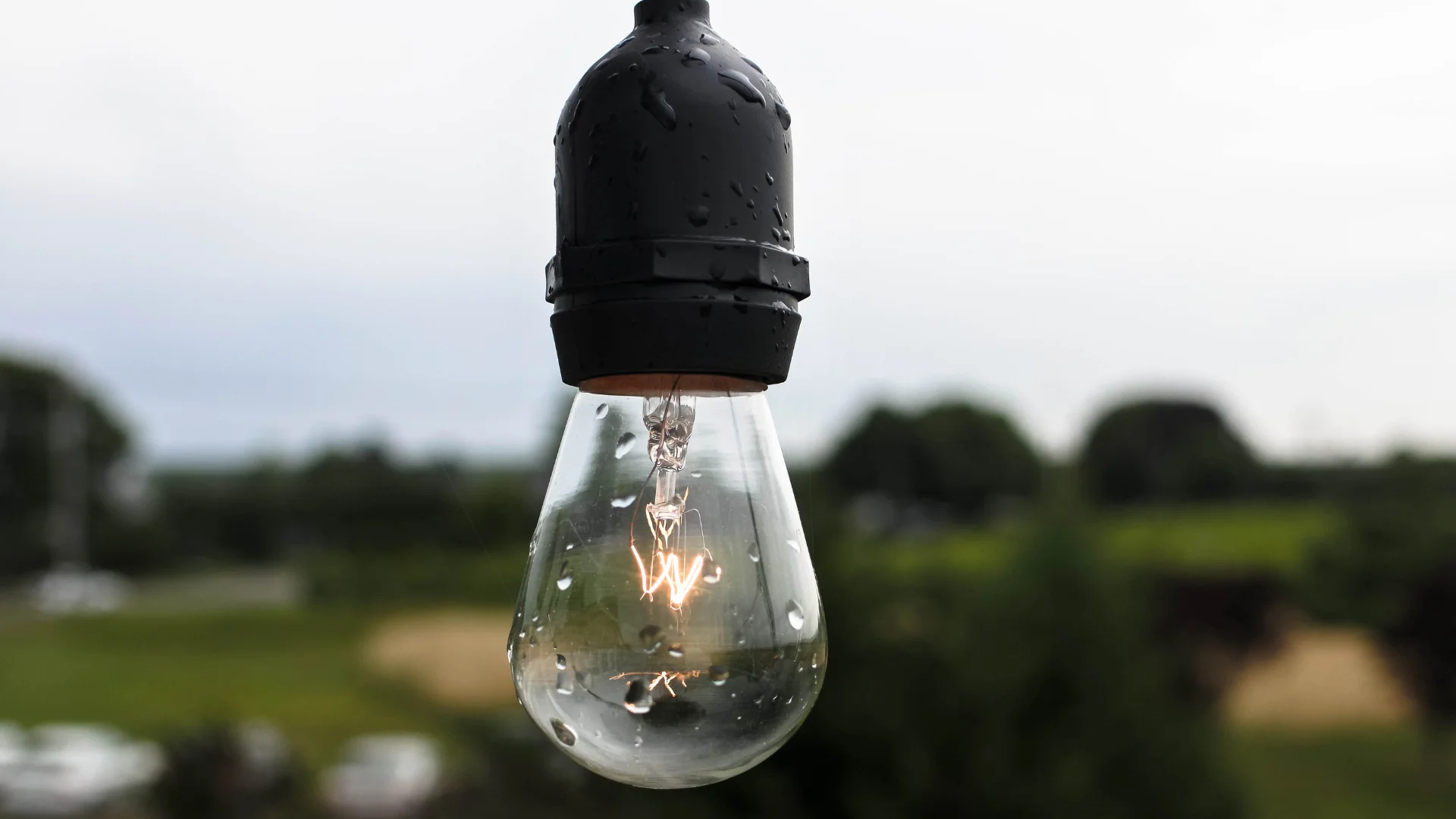DIY electrical projects are a popular way for homeowners to enhance their living spaces while potentially increasing the value of their homes. From installing smart home devices to upgrading lighting fixtures, these projects can offer significant financial and functional benefits. This article explores the advantages of DIY electrical projects, supported by real statistics and analysis, and provides advice on whether you should undertake these improvements.
Financial Benefits and ROI of DIY Electrical Projects
One of the primary motivations for homeowners to embark on DIY electrical projects is the potential increase in home value. According to a report by RubyHome, certain home improvements, including electrical upgrades, offer substantial returns on investment (ROI). For instance, installing smart home devices has become one of the most popular upgrades, completed by 27.1% of households (RubyHome). Smart home technologies not only improve the functionality of a home but also make it more attractive to modern buyers, potentially increasing its market value by 1-3% (HomeLight).
Moreover, the DIY home improvement market is thriving, with a projected value of $1.43 trillion by 2029, growing at a CAGR of 9.94% (Mordor Intelligence). This growth indicates a strong demand for home improvement projects, driven by the desire to enhance living conditions and increase property value.
Popular DIY Electrical Projects and Their Impact
1. Installing Smart Thermostats
- Smart thermostats like Nest allow homeowners to control heating and cooling remotely, optimizing energy usage and reducing utility bills. This eco-friendly upgrade can increase home value by up to 3% (HomeLight).
2. Upgrading to LED Lighting
- Replacing traditional incandescent bulbs with energy-efficient LED bulbs can save households around $1,000 over a 10-year period and is a selling point for energy-conscious buyers (HomeLight). LED bulbs last longer and use 75% less energy, making them a cost-effective and environmentally friendly upgrade.
3. Adding Dimmer Switches
- Installing dimmer switches enhances the ambiance and flexibility of lighting in living spaces. This simple upgrade can make homes more appealing to potential buyers by allowing them to customize lighting to suit different moods and activities (Shockley Electric).
4. Setting Up a Home Security System
- DIY home security systems, including smart locks, video doorbells, and security cameras, offer enhanced safety and peace of mind. These systems are particularly attractive to buyers with families or those who travel frequently, potentially boosting home value (HomeLight).
5. Installing Under-Cabinet Lighting
- LED under-cabinet lighting in kitchens improves visibility and aesthetics. This project is relatively inexpensive and can modernize the kitchen, a critical area for homebuyers (Shockley Electric).
Cost Considerations and Budgeting
The cost of DIY electrical projects can vary widely based on the scope and complexity of the work. Here are some average costs for common projects:
- Smart Thermostat Installation: $150 – $300
- LED Lighting Upgrade: $100 – $500
- Dimmer Switch Installation: $50 – $150
- Home Security System Setup: $200 – $600
- Under-Cabinet Lighting: $100 – $300
While DIY projects can save on labor costs, it is essential to factor in the price of materials and any necessary tools. Proper budgeting ensures that projects are completed without financial strain and that the improvements provide a good ROI.
Safety Considerations
Safety is paramount when undertaking DIY electrical projects. According to Electrical Safety First, almost half of severe electric shocks in the home are due to DIY errors (I-Build Magazine). Here are some safety tips to follow:
- Turn Off Power: Always shut off power at the circuit breaker before starting any electrical work.
- Use Proper Tools: Ensure you have the right tools, such as voltage testers, wire strippers, and insulated screwdrivers.
- Wear Protective Gear: Use insulated gloves, safety goggles, and rubber-soled shoes.
- Follow Codes: Adhere to local building codes and obtain necessary permits.
- Avoid Water: Never work on electrical projects in wet conditions to prevent electric shocks.
Should You Remodel Your Home?
Deciding whether to undertake DIY electrical projects depends on several factors, including your skill level, budget, and long-term goals for the property. Here are some considerations:
- Skill Level: Ensure you have the necessary skills and knowledge to complete the project safely and effectively. For complex tasks, consider hiring a professional.
- Budget: Evaluate the costs and potential ROI of the project. Ensure that the investment aligns with your financial capabilities and offers a good return.
- Long-Term Goals: If you plan to stay in your home for several years, DIY projects can enhance your living experience and gradually increase home value. If you intend to sell soon, focus on projects with high ROI to attract buyers and boost sale price.
Conclusion
DIY electrical projects offer numerous benefits, including increased home value, improved functionality, and cost savings. By carefully selecting projects, budgeting appropriately, and following safety guidelines, homeowners can successfully enhance their living spaces. Whether you choose to install smart home devices, upgrade lighting, or improve home security, these projects can make your home more comfortable and attractive to potential buyers.
For more detailed guides and information, consider visiting:







